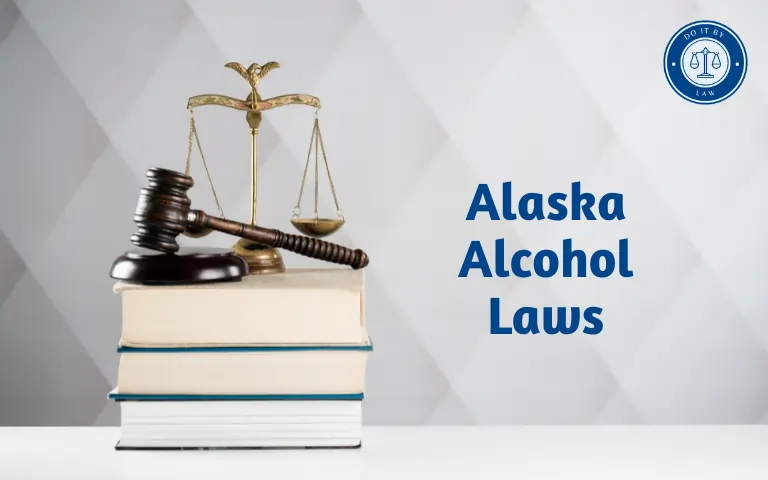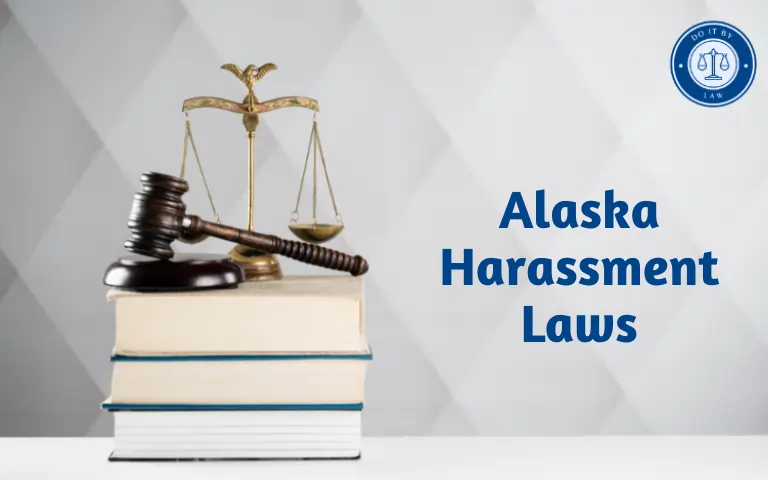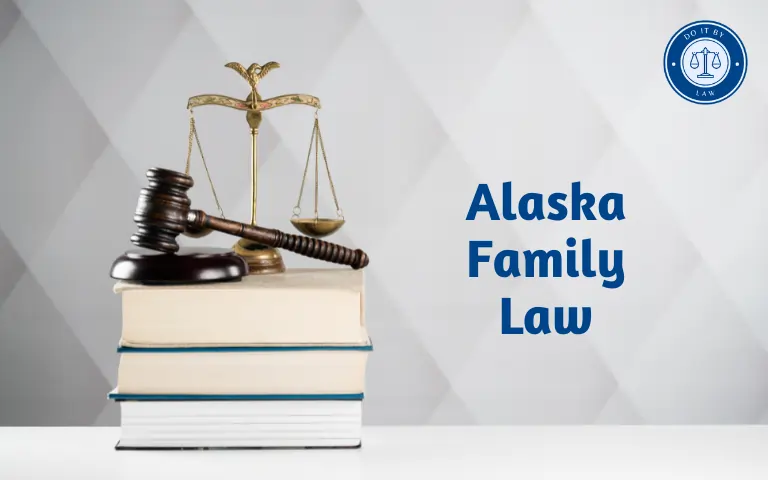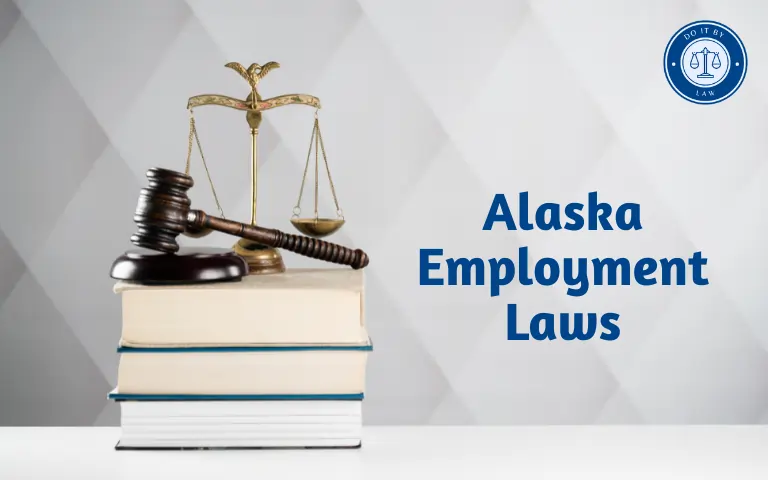Alaska Tint Laws: What You Need to Know
Considering blackout window tints to deal with Alaska’s midnight sun season or add privacy from northern light brightness during long winter nights? Make sure you understand the Alaska Tint Laws which defines complex visible light transmission rules first unless you want vehicle confiscation darker than an arctic solstice eclipse! Here we’ll summarize Alaska’s key regulations, exceptions, fines, and best practices so your riding stays chill as glacier ice.
When Were Alaska Tint Laws Enacted?
Like dog mushing races, window tinting got its start in Alaska long ago but regulations emerged across the past 30 years. The current laws capped aftermarket filtering at 20% upfront and zero limits in the rear landed in 2012 just as durable ceramic IR-blocking films gained popularity for dealing with extreme climate shifts.
Who Do Alaska Tint Laws Apply To?
Be advised these icy cold codes apply equally to all private non-commercial vehicles on public roads unless specifically exempted. So everything from hot rods to classic Caddies fall under strict enforcement scrutiny if sporting too darkly shaded glass hiding occupants from external smiles, waves, or radar guns. But as in life, there remain a few gray areas…
Key Tint Provisions, Requirements & Restrictions
Here’s Alaska’s frosty fine print when planning your next limo-like vehicle mod:
Light Transmission Limits
- Front sides: Min 20% light through required
- Front windshield: Can’t exceed 4 inches down from the tops or 7 inches up from the hood
- Back & Rear: Completely blacked out allowed!
Medical Exemption Policy
Docs can prescribe darker tints for medical conditions like albinism or lupus but paperwork must stay visible for officer inspection requests.
Sticker Requirement
Exempt vehicles need LX3+ insignia from medical providers to identify legit darkest-before-black rides, including popular ultra-dark “Medical Blackout” packages.
Penalties for Violating Alaska Tint Laws
Think ignoring these tricky tinting rules is no big deal? Think again! The first offense risks a $50 fine but doesn’t expect warnings or the ability to remove film roadside since it takes tools, temps, and techniques to avoid damage. Continuing violations cascade up to $300 plus equipment seizure, leaving Alaska drivers viewing the world temporarily only through untinted cop car partitions!
Recent Changes & Proposed Updates
Expect growing debate between health advocates seeking relaxed rules allowing darker medical tints more easily versus enforcement agencies fighting “tint creep” rendering all vehicles essentially uninspectable without probable cause lenses. However, court cases trending towards the right-to-privacy side so liberalization likely coming unless a public safety compromise is found first. For now reference statutes annually.
Ongoing Controversies & Challenges on Alaska Tint Laws
Racial profiling worries around vehicle interior concealment conflict with law enforcement’s strong preference for knowing exactly who occupies vehicles unable to easily gauge threats. And discrepancies between medical review board issuance standards cause improper exemption accusations. No universally happy solution is likely across diverse Alaska groups and priorities so stay tuned!
Key Takeaway
Hope this helps explain Alaska tricky tinting laws whether looking for maximum legal darkness to cope with endless days or permanent midnight sun-blocking to deal with long nights. Remember front seats and windshields remain moderately restricted while back seats and rear glass can go completely incognito! But don’t chance fuzzy exemption claims without certified proper paperwork to avoid fines darker than six months of winter blackouts!







